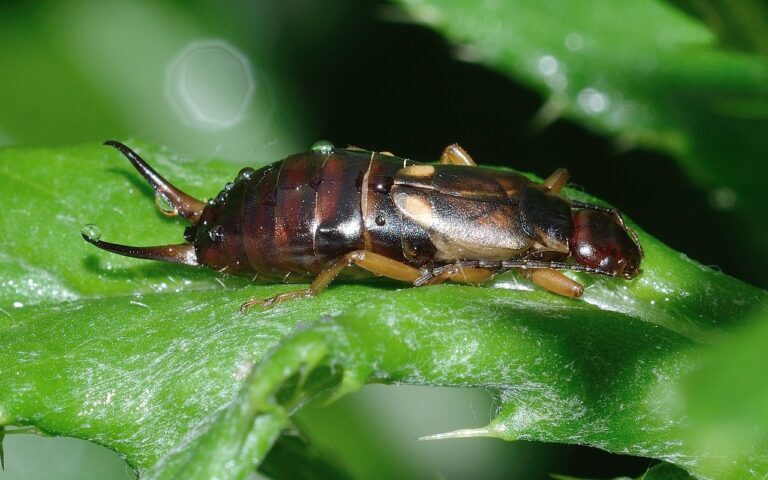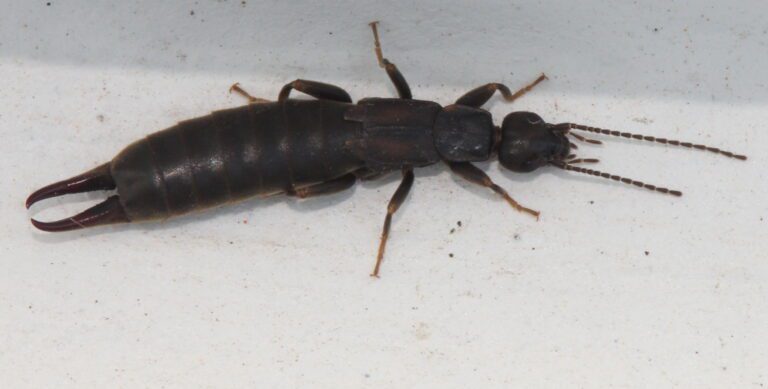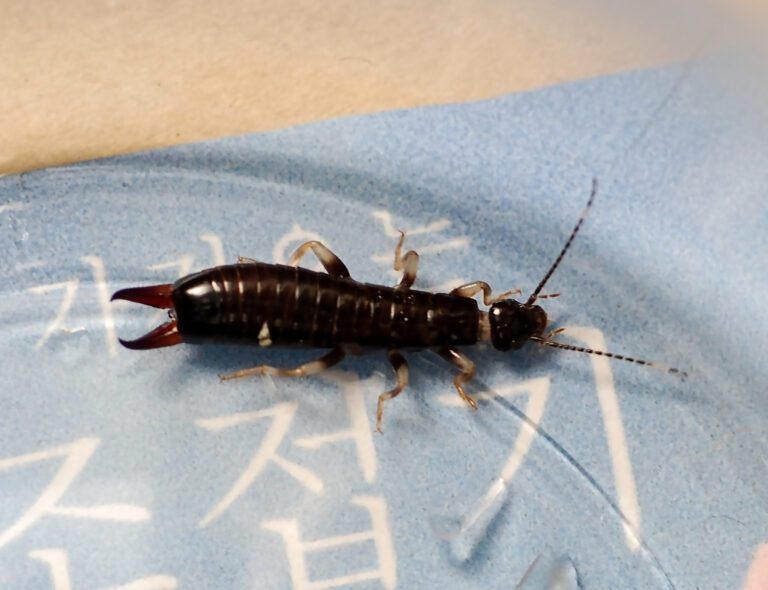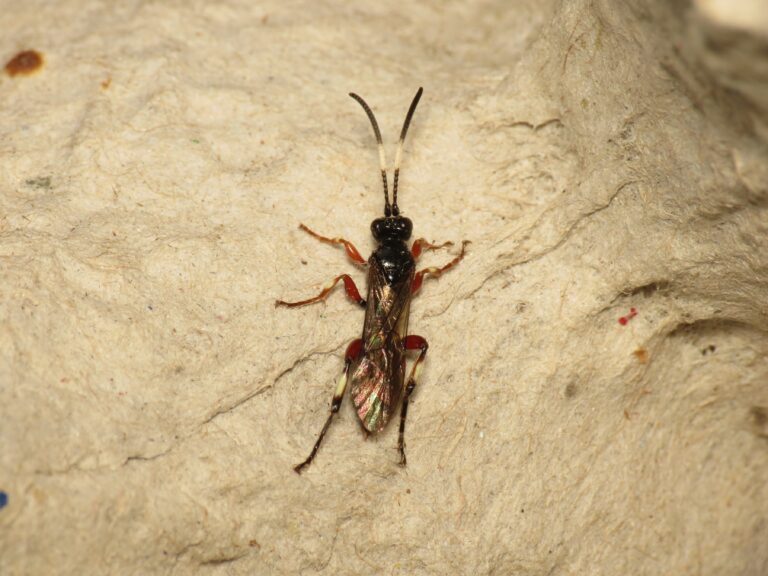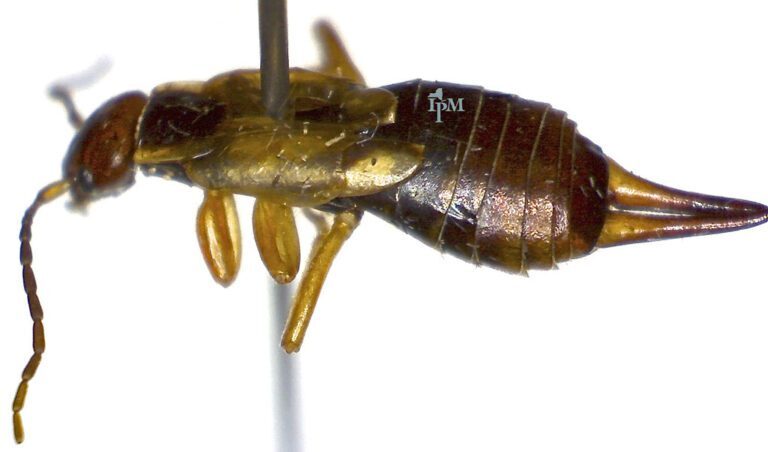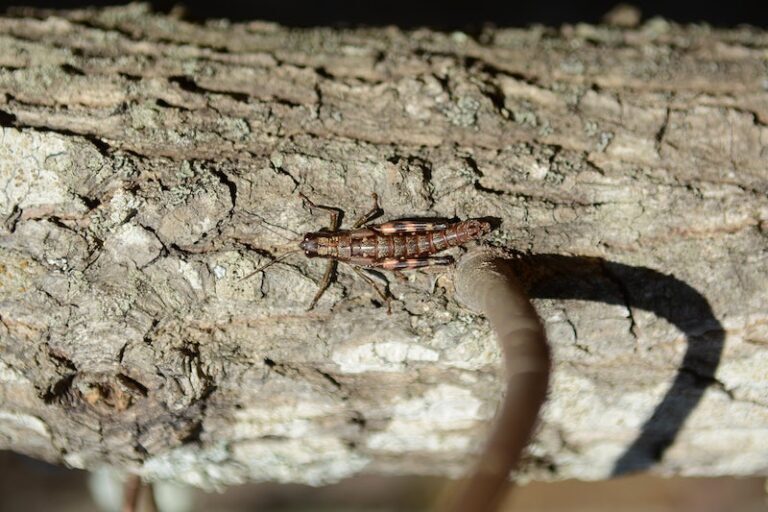Step-by-Step Guide: How to Get Rid of Earwigs
Introduction What are earwigs? Earwigs are small insects that are commonly found in gardens and damp areas. They have elongated bodies with pincers at the end of their abdomen, which they use for defense and to capture prey. Despite their intimidating appearance, earwigs are not harmful to humans and do not pose any significant threat….

